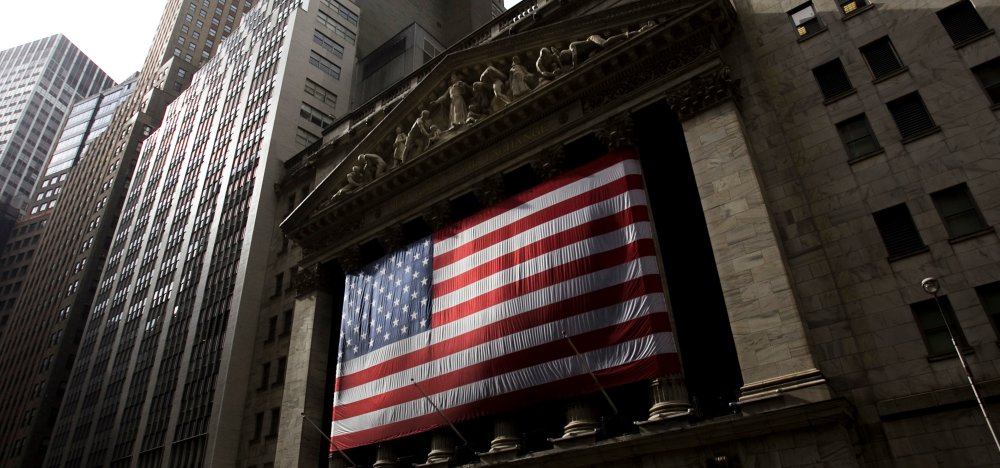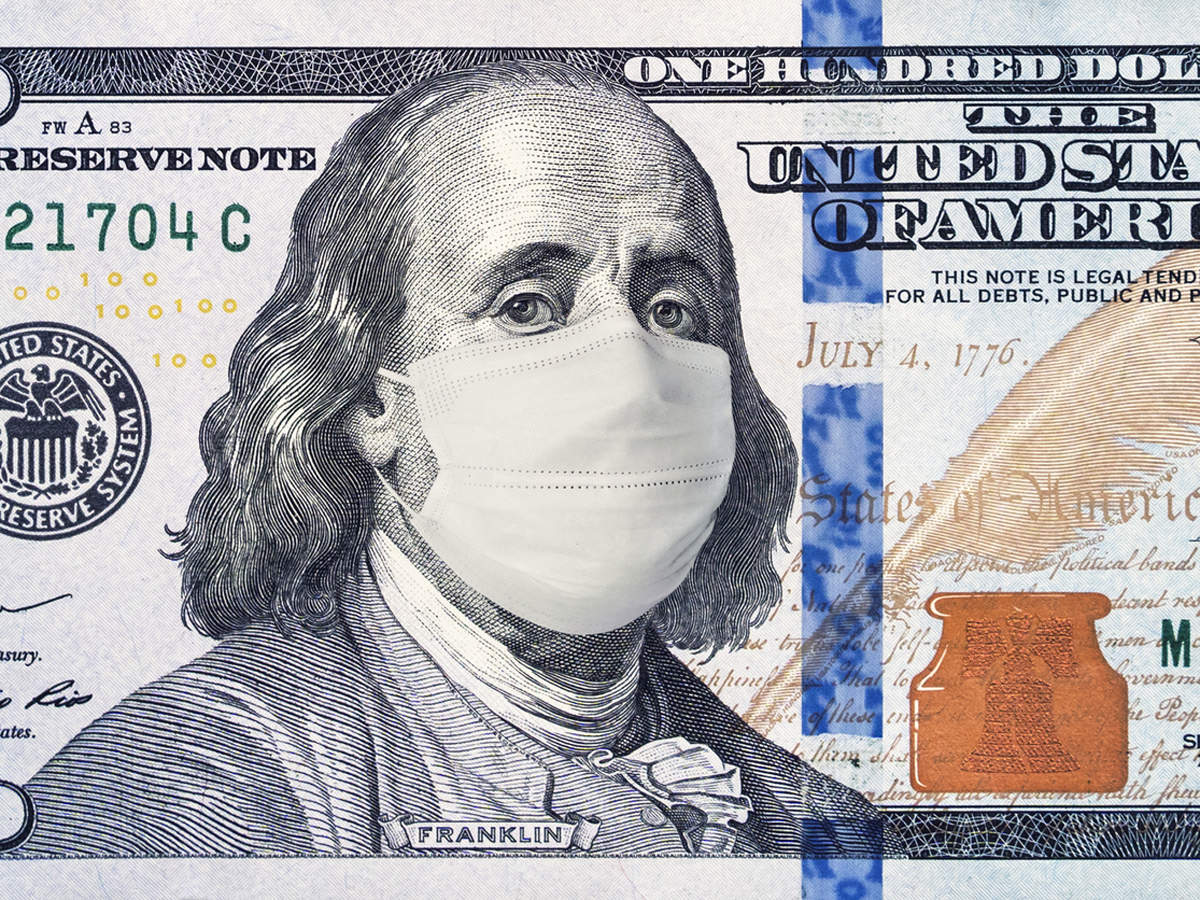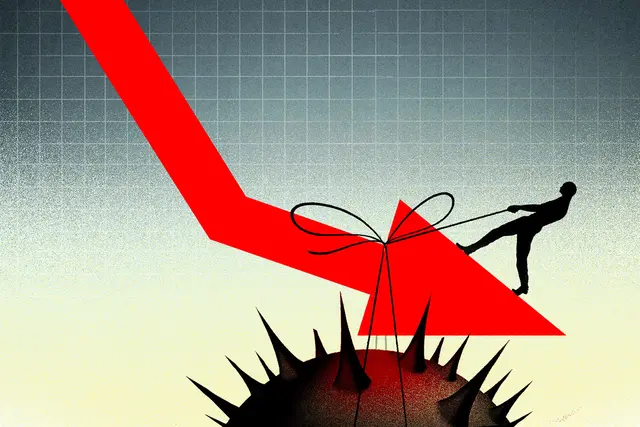By APD writer Imdad Hussain
Corona pandemic has posed great challenges for the world economy with even bigger threats than that of the ‘Great Depression’ of the 1930s while international financial institution predicting the worst scenario in coming days with COVID-19, according to the World Bank, inflicting high and rising human costs and sharply contracting the global economy by negative 3 percent this year while Asian Development Bank projecting up to $8.8 trillion costs due to the virus.
What to talk of developing countries, major economies like China, UK, Germany, and especially the US are feeling the heat with record downfall in both imports and exports while industrial production recording 101-year low with 11.2 percent reduction.
The US being world’s largest economy means a lot for poor countries on the economic front but the newly released economic data shows the US economy is in a terrible state and may not rebound quickly even when the devastating lockdowns imposed to stop the coronavirus pandemic are lifted.

Data tracking industrial production and the vital retail sector released on Friday showed record declines in April, the first full month of lockdowns to stop the spread of the Covid-19 virus that has killed over 90 thousand people and caused around 36.5 million people to lose their jobs.
With millions of people filing new claims for unemployment benefits every week since the lockdowns began in mid-March, analysts fear the US faces a months-long slog out of the downturn, with no shortage of possible setbacks.
The U.S. economy has long been consumer-driven, and over the past five years, consumers have powered economic growth even more than usual, expanding America’s economy faster than those of most other big, developed economies.

However, the Commerce Department reported retail sales sunk by 16.4 percent in April, the largest one-month fall on record. This combination of increased unemployment, lower-income, frail consumer confidence, according to experts, will continue to weigh on consumers’ appetite for spending.
The hardest-hit businesses as the latest data revealed are those that relied on shoppers at brick-and-mortar stores, like clothing, which collapsed 78.8 percent, electronics, and appliances, which plunged 60.6 percent, and furniture, down by 58.7 percent, thus reversing years of growth and bringing back the index to almost August 2012 level.
The COVID-19 pandemic also continues to force retail stores to close, signaling an unprecedented disruption of commerce, however, amidst this gloomy picture non-store retailers doing business online are one of the only bright spots, growing by 8.4 percent.

These are alarming numbers. “May will not be a month of celebration. Nor will June. Nor July. Nor probably the rest of this year,” said Neil Saunders, managing director of GlobalData Retail.
“Retail’s recovery will be slow and, in our view, it won’t be until 2021 before trade starts to return to more normal patterns.”
On the other end of the supply chain, the Federal Reserve’s industrial production index dropped by a record 11.2 percent in April, the largest fall in one month in its 101-year history.
The auto sector took the biggest hit, plunging by more than 70 percent, according to the report, while overall manufacturing output fell by 13.8 percent, 18 percent lower than that of last April.

Oil and gas well drilling fell by 28 percent, the largest drop dating back to 1972 as demand for energy collapsed, while about 20 percent decline was recorded in primary metal products, aerospace and miscellaneous transportation equipment, furniture, and related products.
Supply chain is yet another area that makes it difficult for US firms to finish their products as global supply chains face disruptions due to the coronavirus. With the widening of supply chain disruptions to suppliers of intermediate goods outside of China will make it increasingly difficult for US firms to substitute products from other countries for the missing inputs from China, resulting in decreased economic activity and growth.
(ASIA PACIFIC DAILY)
 简体中文
简体中文





